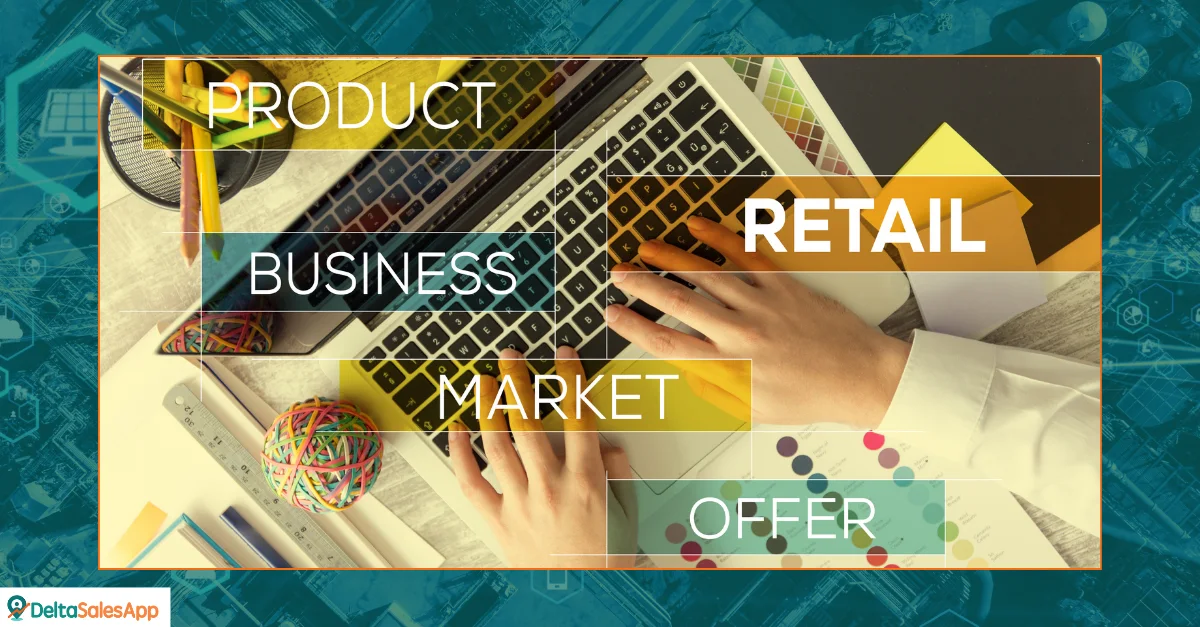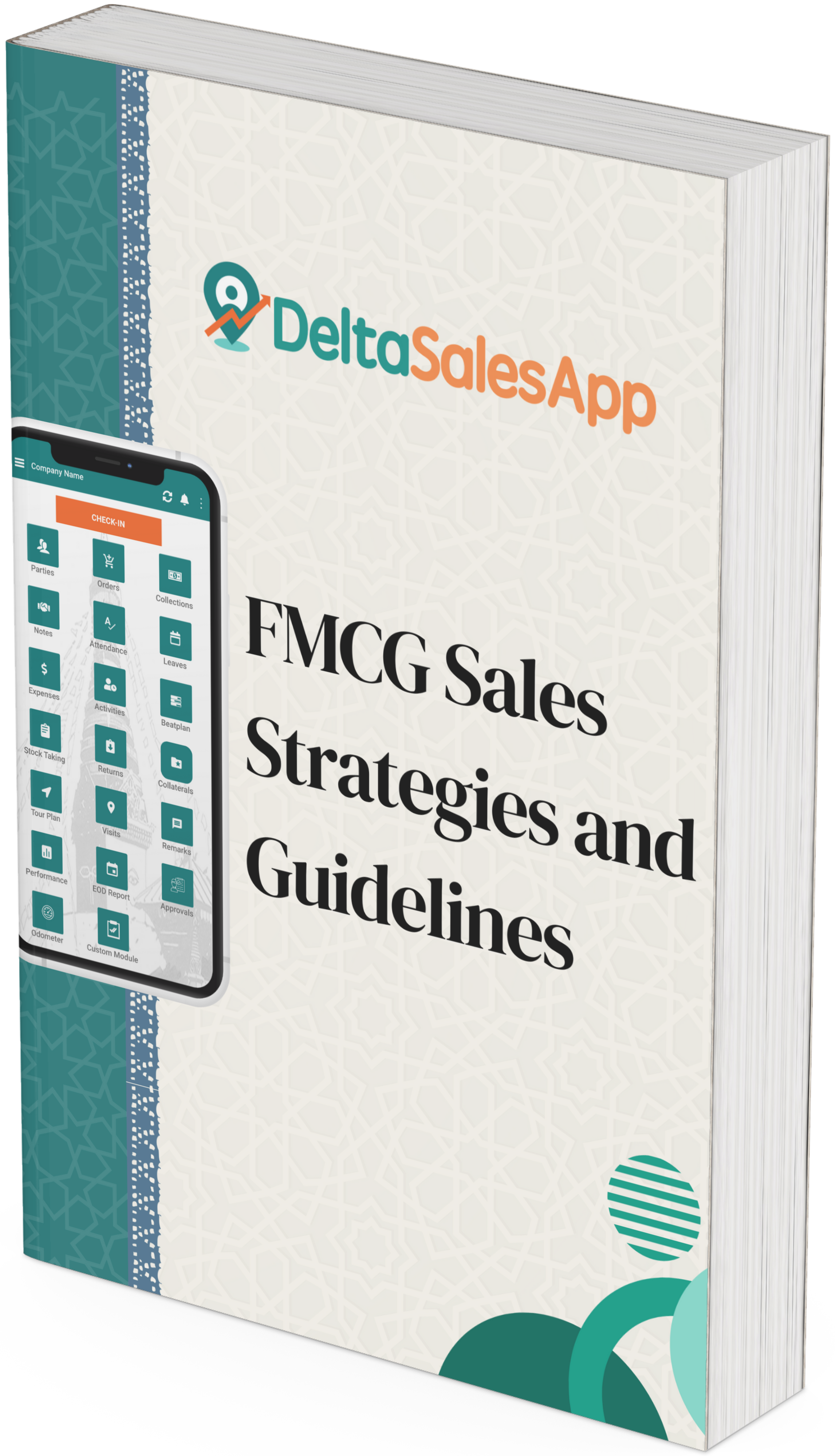From Endcaps to Insights: How Data Maturity Transforms Retail?

In the fast-paced world of consumer goods, data is no longer just a helpful tool—it’s a strategic asset. For emerging and established brands alike, understanding the evolution of data maturity in retail execution can make the difference between flat sales and sustainable growth. Whether you're selling in regional stores or scaling nationally, mastering the right data at the right time is key.
Let’s explore how companies can progress through different stages of data maturity and use that journey to drive consistent success on retail shelves.
What is Data Maturity in Retail Execution?
Data maturity refers to how well a business can collect, analyze, and apply data to improve decision-making. In retail execution, this means using data not only to understand what’s happening in the field but to actively shape outcomes—whether that’s product placement, promotional timing, or territory management.
This journey usually follows a staged progression. Each stage represents a deeper integration of data into day-to-day operations, along with more sophisticated insights and actions.
Stage 1: Reactive – Getting Visibility into the Field
Every brand has to start somewhere. For smaller CPG brands or those just entering retail chains, the first step toward data maturity involves simply tracking what’s happening.
In this reactive phase, companies use data to answer essential questions like:
Were all scheduled store visits completed?
Is there enough inventory on the shelf?
Was the product placed in the intended location?
The goal here is operational visibility. Brands monitor store-level execution and respond to problems as they arise. It’s basic, but powerful—especially for teams juggling multiple priorities. The insights gained here create a foundation for smarter decisions as the business grows.
Stage 2: Proactive – Using Data to Influence Outcomes
As brands scale, reactive data is no longer enough. With more products in more stores, the ability to influence what happens next becomes vital.
At this proactive stage, companies start to identify patterns. Instead of just tracking visits, they analyze outcomes:
Does placing the product in a secondary location boost sales?
Which store managers are open to flexible merchandising?
What visit frequency leads to the best sales lift?
Using this information, field teams can prioritize high-impact actions. Instead of treating every store the same, reps focus efforts where they’ll see the most return. This level of retail data strategy helps drive execution with intent—turning data into a roadmap for growth.

Stage 3: Predictive – Forecasting Performance with Confidence
With more distribution and data sources come new opportunities to predict outcomes. At the predictive stage of data maturity, brands combine internal field data with external sources like POS sales data, promotional calendars, or distributor insights.
The goal here is forecasting performance and optimizing strategy. For example:
How much sales lift can be expected from a sampling event?
How long does the impact of a store visit last?
Which reps or actions deliver the most ROI?
By merging multiple datasets, brands can make informed decisions on where to invest time and resources. This reduces guesswork and ensures that teams are aligned with real-world performance trends.
Stage 4: Agile – Real-Time Adaptation for Maximum ROI
The final stage of data maturity in retail execution is all about agility. Brands operating at this level don’t just react or predict—they adapt in near real time.
Let’s say a promotion launches across 500 stores. Instead of waiting a week to evaluate its success, agile brands use compliance dashboards to instantly detect where promotions aren’t delivering expected results. Reps can be immediately redirected to problem stores, ensuring every campaign performs at its best.
This real-time adaptability significantly improves promotional compliance and minimizes lost opportunities. As a result, businesses can achieve dramatic improvements in execution efficiency and sales impact.
The Power of Climbing the Data Maturity Curve
Achieving advanced data maturity isn’t just about technology—it’s about building smarter retail operations. Each level along the maturity curve unlocks more value:
Reactive: Ensures store-level execution and visibility
Proactive: Focuses reps on actions that drive growth
Predictive: Aligns field strategy with expected outcomes
Agile: Delivers real-time solutions to maximize campaign ROI
What separates high-performing retail brands from the rest is a commitment to continuous improvement. By expanding the types and sources of data they use—and learning how to act on it—companies can consistently outperform competitors in crowded store aisles.
Conclusion
Data maturity in retail execution is more than a buzzword—it’s a growth strategy. As your brand scales, so should your approach to using data. The journey from reactive tracking to agile optimization unlocks deeper insights, stronger field performance, and higher returns across every retail channel.
For brands serious about driving impact at the shelf, investing in data maturity is no longer optional—it’s essential.
Frequently Asked Questions (FAQs)
1. What is data maturity in retail execution?
Data maturity in retail execution refers to how effectively a brand collects, analyzes, and applies retail data to improve field operations, product placement, and promotional impact. It evolves in stages from basic visibility to real-time optimization.
2. Why is data maturity important for consumer goods brands?
It helps brands make smarter decisions, improve in-store execution, and maximize ROI. As data maturity grows, brands gain the ability to predict outcomes, adapt quickly, and drive consistent growth across retail chains.
3. What are the key stages of retail data maturity?
Reactive: Track store visits and execution basics
Proactive: Use data patterns to prioritize actions
Predictive: Forecast outcomes using multiple data sources
Agile: Adapt in real time based on live retail data
4. How can brands move from reactive to predictive retail data strategies?
By integrating more data sources like POS sales, promotional calendars, and distributor feedback, and by training teams to interpret and act on this data using modern tools and dashboards.
5. What tools or platforms help with data maturity in retail?
Retail execution platforms, mobile field apps, real-time dashboards, and integrated analytics tools help brands move up the maturity curve by enabling data collection, visualization, and predictive insights.
🔍 Also Check
👉 Strong Retail Teams Drive Success: Key Strategies For Growth
👉 Enhance Leadership Visibility And Team Success In Retail
🌟See What Users Say About Us!
Delta Sales App, trusted by businesses for streamlining sales processes and boosting productivity, is highly rated on top review platforms.
See what real users have to say about us:









